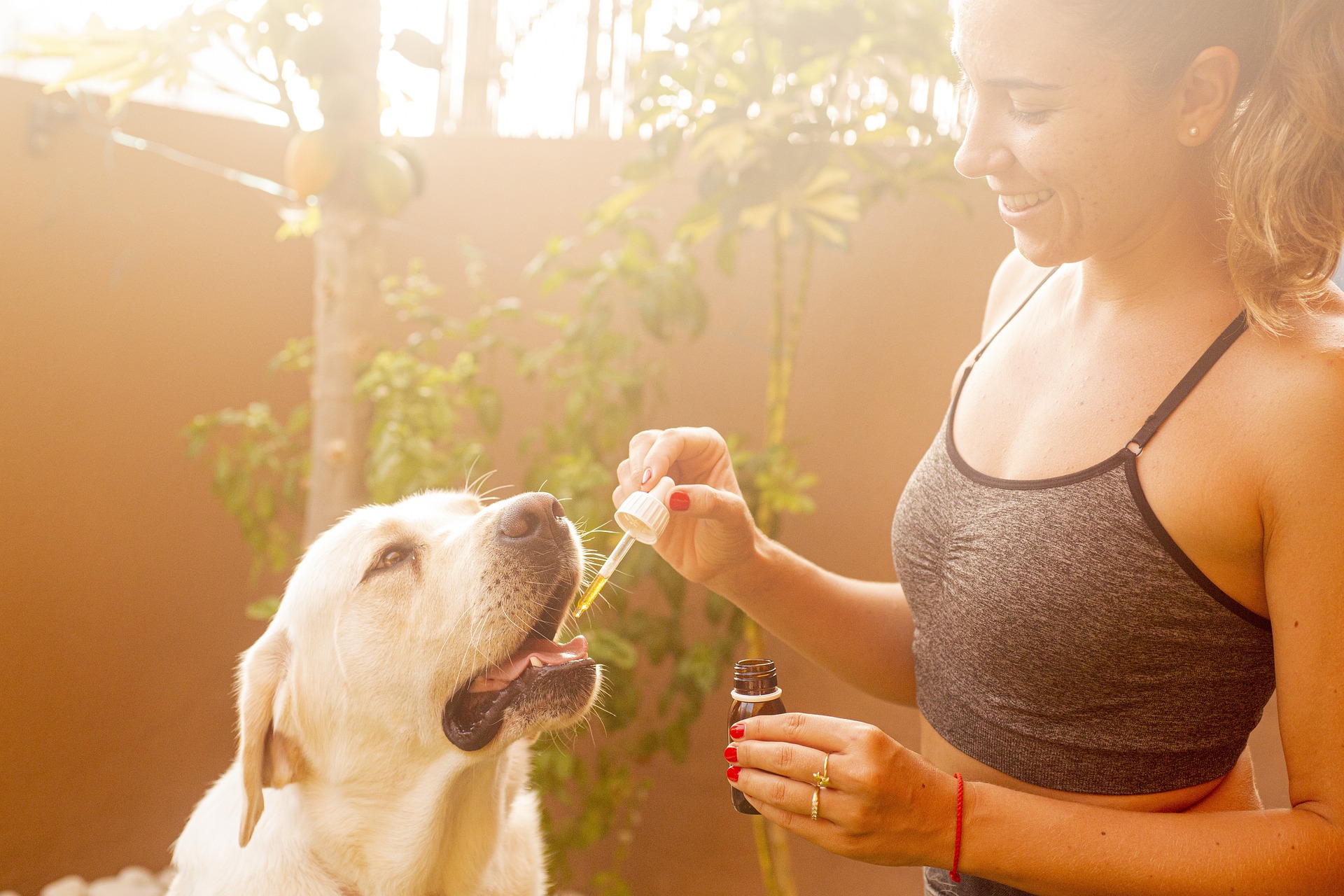Introduction: Just as essential oils can offer various benefits for humans, they can also be beneficial for our beloved pets. However, using essential oils around animals requires caution and knowledge to ensure their safety and well-being. In this guide, we will explore how essential oils can benefit pets and provide guidelines for using them safely to promote pet wellness.
Benefits of Essential Oils for Pets:
- Calming Effects: Certain essential oils, such as lavender and chamomile, can help reduce anxiety and stress in pets, making them valuable during thunderstorms, fireworks, or vet visits.
- Insect Repellent: Essential oils like citronella and cedarwood can serve as natural insect repellents, helping protect your pet from fleas, ticks, and other pests.
- Skin and Coat Health: Some essential oils, like coconut oil and lavender, can be diluted and applied topically to promote healthy skin and a shiny coat.
- Respiratory Support: Eucalyptus and peppermint essential oils, when used sparingly and cautiously, can help alleviate respiratory issues in pets.
Guidelines for Using Essential Oils Safely Around Pets:
- Consult with a Veterinarian: Before introducing essential oils to your pet’s routine, consult with your veterinarian, especially if your pet has underlying health conditions or is pregnant.
- Dilution is Key: Always dilute essential oils before using them on or around pets. Use a carrier oil like coconut or jojoba oil, and follow recommended dilution ratios (typically 1-2 drops of essential oil per ounce of carrier oil).
- Avoid Internal Use: Do not administer essential oils orally to pets unless under the guidance of a qualified veterinarian. Pets have different metabolisms than humans and may react differently to ingested oils.
- Diffuse Safely: When using a diffuser, ensure that the area is well-ventilated, and place it where your pet can leave the room if they wish. Allow your pet to choose whether they want to be near the diffuser or not.
- Observe Your Pet: Watch your pet’s behavior and reactions when introducing essential oils. If you notice any signs of distress, irritation, or discomfort, discontinue use immediately.
- Avoid Sensitive Areas: Keep essential oils away from your pet’s eyes, ears, nose, and genitals. Use caution when applying oils near these areas.
- Use Pet-Safe Oils: Certain essential oils are generally considered safe for pets, while others may be toxic. Avoid oils like tea tree, cinnamon, clove, and wintergreen around pets.
- Store Oils Securely: Keep essential oils and diffusers out of your pet’s reach to prevent accidental ingestion or spillage.
- Gradual Introduction: Introduce essential oils gradually and in moderation to gauge your pet’s response. Start with low dilutions and increase as needed.
Conclusion: Essential oils can be a valuable addition to your pet’s wellness routine when used safely and responsibly. By consulting with your veterinarian, following proper dilution guidelines, and observing your pet’s reactions, you can provide them with the potential benefits of aromatherapy while prioritizing their safety and well-being. When used appropriately, essential oils can contribute to a happier and healthier life for your furry friends.
Image by Erin Stone from Pixabay
